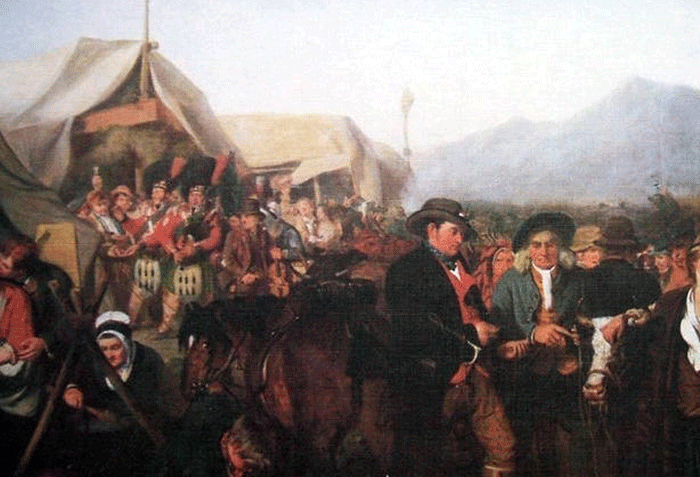
This is a fascinating subject to me as the Highland drovers would have brought music into England enriching the folk tradition. Much seems to be written about the music of the clan chiefs but not so much about the tradition amongst the working people and if readers have any information regarding the drovers who brought the Scots cattle down from the Highlands and Islands in the 17th, 18th and 19th centuries I’d be delighted to receive it. The picture above shows Army pipers at the Falkirk Tryst, the great cattle buying market.
I have found a few references to the drovers and piping, see below, and I would be particularly interested to know if any of these pipers were named or what music they may have played. Also, how did droving continue following the devastation after Culloden in 1746? What follows is what some of what my research has revealed.
By Joe Moore
‘And this particular is worthy of remark, that the gross of all the Scots cattle which come yearly into England are brought hither to a small village lying north of the city of Norwich called St Faith’s where the Norfolk graziers go and buy them.
‘These Scots runts, so they call them, coming out of the cold and barren mountains of the Highlands in Scotland feed so eagerly in the rich pasture in these marshes that they thrive in an unusual manner, and grow monstrously fat; and the beef is so delicious for taste, that the inhabitants prefer them to the English cattle which are much larger and fairer to look at.
‘Some have told me, and I believe with good judgement, that there are above 40,000 of these Scots cattle fed in this country every year, and most of them in the said marshes between Norwich, Beccles and Yarmouth.’ Daniel Defoe, ‘A Tour through England and Wales’.
To give you an idea of how much English suppliers relied on the Scottish drovers, the London meat market of Smithfield recorded, in 1794, 108,000 cattle arriving for slaughter, and at least 80% of these came from Scotland along the extensive network of drove roads.
The herds would be at least 100 strong but could easily be up to 2,000 animals. The roads that the drovers used weren’t modern roads as we know today – the drover had to be careful not to wear down the animals’ hooves, which meant that the route had be soft so as not to hurt or damage them.
Some Lowlanders were scared of the drovers seeing them as wild and rugged men. ‘Great, stalwart, hirsute men, shaggy and uncultured and wild, who look like bears as they lunge heavily along’ as one person described then at the time. They were however greatly skilled in navigating the wild lands and caring for the animals.
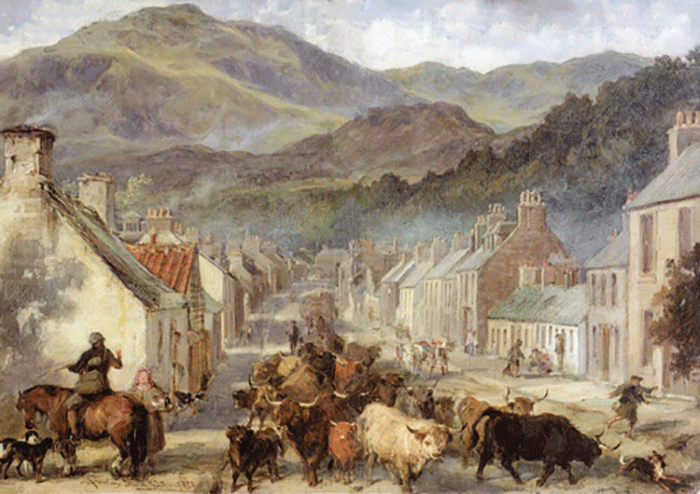
The handling of the livestock was of critical importance as the stock needed to be in prime condition on arrival at a Fair. A drover ‘exercising any cruelty to cattle by use of any pointed stick’ could be imprisoned and fined before discharge. Scottish drovers imported other customs as well as beef on the hoof, many journeys proceeding to the tune of the pipe which probably helped to while away the hours and provide a calming influence on the stock. ‘A good steady man goes with two or three [pipers] in front to step the pace if they are going sweetly’.
Writer ARB Haldane, who made a special study of drovers, lists the attributes he had to have as: extensive and intimate knowledge of the country; endurance and an ability to face great hardship; knowledge of cattle; resource, enterprise and good judgment; honesty and reliability for responsible work that was entrusted to him.
In addition to that, they were also often skilled on the bagpipes or learned in other aspects of their Gaelic culture and at the Trysts during the evenings around the fire,the drovers would tell stories linked to their journeys, folk and fairy stories, cow and horse tales, legends explaining ancient features in the landscape, and stories of place names spanning centuries. As people they should never be underestimated.
‘Herds of Highland cattle passed this way and when the far travelled animals showed signs of fatigue it was no uncommon thing to see one of the men who carried a bagpipe play some lively air as he marched in front of the drove.
‘The animals seemed to enjoy the music and evidently appreciated this relief to the tediousness of the journey, by walking as they often would with a brisk step, whilst some of them that had laid down in the road would quickly rise at the novel, far-sounding strains, which brought many a cottager also to his feet from his home in the echoing glen.’ Speight, ‘Romantic Richmondshire’.
‘At the Great Close Scar, a Fair field in Malham, as soon as the stock were sold a fresh drove followed on. Every herd enticed from their native soil by the pipe of an Highland Orpheus.’ K J Bonser, ‘The Drovers’.







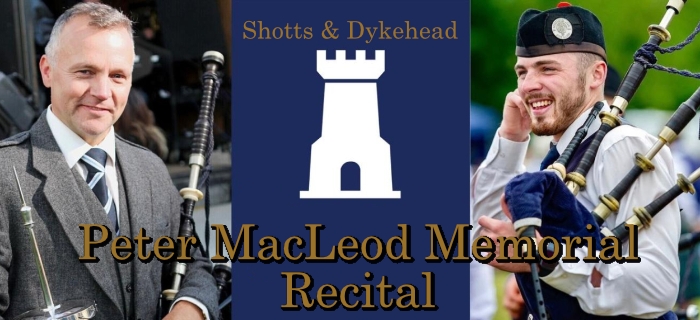
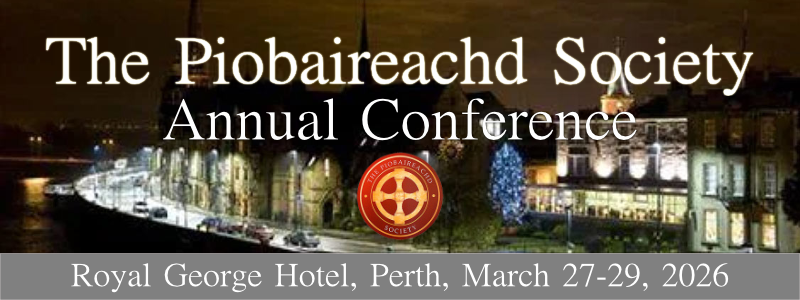
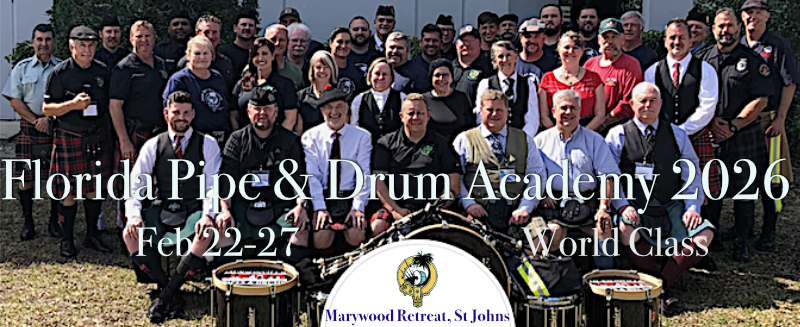
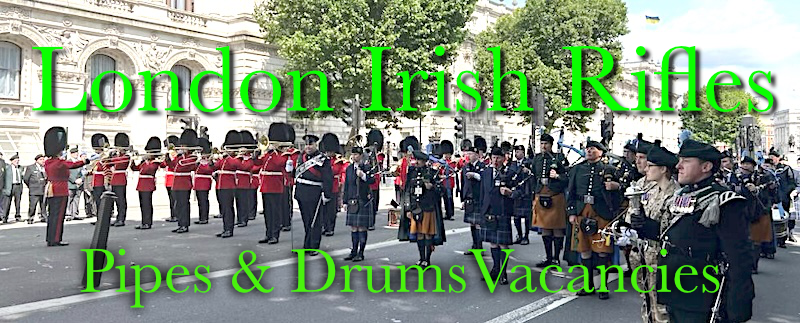






Interesting article. Have you ever played pipes near a field of cattle?
I live in a “new” world area where the farms were for generations owned by desendants of Highlanders. Until well into the latter part of the 20th C, many remained dairy farms continuing the cattle tradition.
My occupation took me on the road and from time to time lunch stops included some piping. Cattle (here they’re mostly Holsteins) come to you and check things out.
I tracked it down.
A Scotch Fair by John Philip, 1848. Aberdeen Art Gallery & Museum.
Piping has a calming effect on our flock of sheep. They know if the pipes are out there is no threat or fear of intruder, so they graze quite comfortably, even with lambs, in areas normally too near the fences to be regarded as safe without the shepherd close by. Anyone else play in their fields?
Thank you.
Great first picture. Where is this from?
Sorry, no information on it Peter. RW